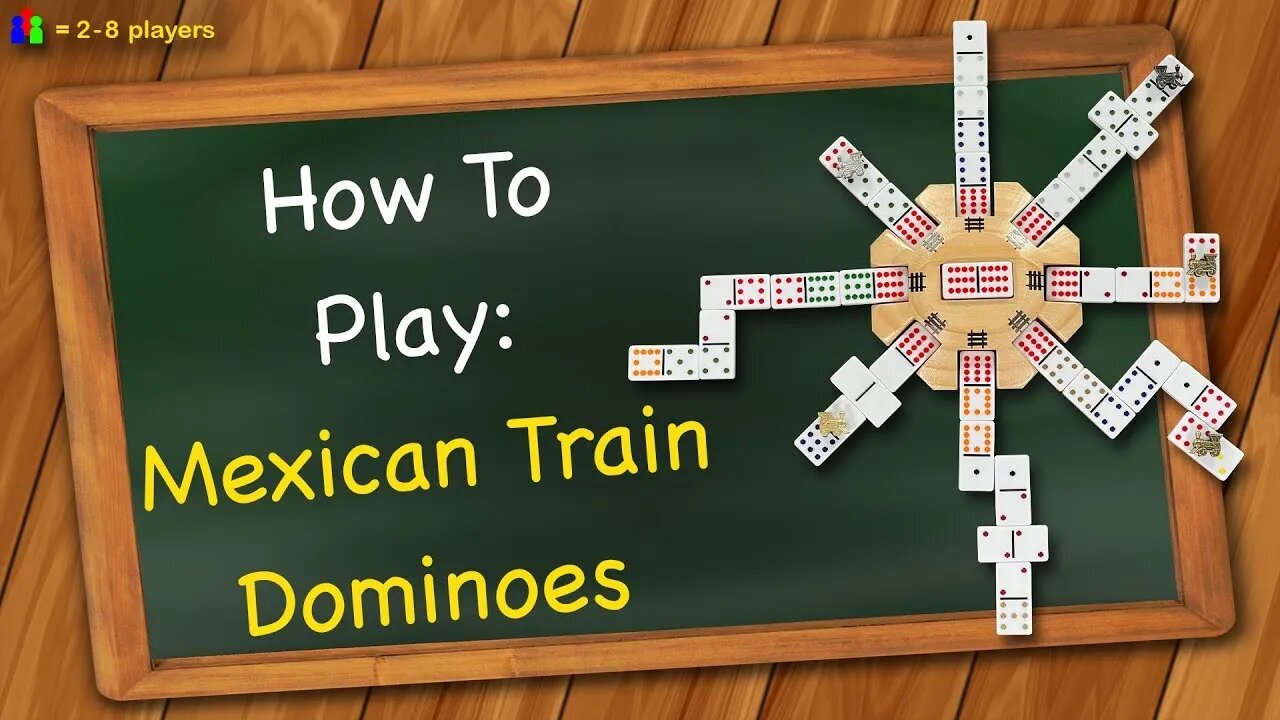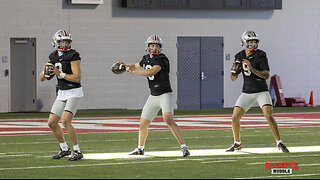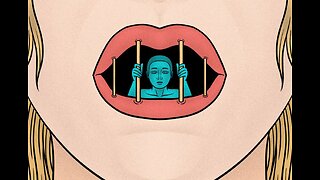Premium Only Content

How to play Mexican Train Dominoes
Learn the rules to the domino game Mexican Train Dominoes quickly and concisely - This video has no distractions, just the rules.
Don't own the game? Buy it here:
USA - https://buy.triplesgames.com/MexicanTrain
Canada - https://buy.triplesgames.com/CAMexicanTrain
UK - https://buy.triplesgames.com/UKMexicanTrain
(These Amazon Affiliate links directly supports me)
Don't own Domino Tile Holders? Buy some here:
USA - https://amzn.to/39JraWf
Canada - https://amzn.to/3kLa803
UK - https://amzn.to/3CW0MoO
(These Amazon Affiliate links directly supports me)
RULES:
The object of the game is to have the lowest score by getting rid of as many dominoes as possible. Lay out the train hub in the middle of the table. The domino that goes in the center is called the engine. The first hand of play begins with the double twelve domino, then each subsequent hand uses the next highest double in turn: double 11, double 10, all the way down to double 0, for a total of 13 hands.
Mix up all the dominoes face down on the table and each player draws dominoes to create their “hand” based on the number of players. 15 dominoes each in a 2 to 4 player game, 12 for 5 to 6 players, and 11 for 7 or 8 players. Players look at their own dominoes by standing them on their edge or on a rack, but keep them hidden from their opponents.
The leftover dominoes are kept face down and placed to the side which is called the “boneyard”. The player who drew the correct engine for the round places that domino in the center of the hub. That player is the starting player for that hand. If no one has the required engine, then each player simultaneously draws 1 domino from the boneyard until it is found, and a starting player is determined.
Beginning with the starting player and continuing clockwise, a domino or string of multiple dominoes, known as the player’s “train”, is built coming out of the train hub towards the player. The first domino in the train must have an adjacent side that matches the engine and each domino after that one must have an adjacent matching end to each domino preceding it. The train can be any number of dominoes long.
Dominoes can be placed parallel to each other to save space so long as they don’t block anybody else’s train. This is known as “bending” the train and is entirely optional.
If a player does not have a domino that matches the engine to create a train, a train token is placed at the point in the hub marking where their train would have extended out. The train token marks this spot as a “public” train.
Any player can add dominoes to public trains, except during their first turn. A train that is not marked is “private” and only the player who started that train can add to it. A player who has marked their train public may change their train back to a private train and remove the marker in subsequent turns when they are able to play a matching end.
After the first round, each player may only play one domino from their hand per turn and they may only add that domino to their train or a public train. If you are unable to legally play a domino, then you must draw one domino from the boneyard and play that domino immediately if you are able. If not, you must mark your train public with a train marker. If there are no more dominoes in the boneyard to draw, player’s no longer draw dominoes but instead just marks their train public.
A domino with the same number of pips on both ends is called a “double”. A double is placed perpendicular to the preceding domino on the train. After you play a double, you must immediately play another domino from your hand adjacent to the double or any public train. This is called “satisfying the double”. During the first round, if a player ends their train with a double, then everyone continues finishing their first turn normally, then, on the second turn for that player, they must satisfy the double before any other type of play can be made.
Whenever a player is unable to satisfy the double by playing another domino, they must draw one domino from the boneyard. If that domino is playable, they must play it on the double or any public train then they end their turn. If the drawn domino is a double that can be played, then they must play it on a public train and then draw another domino. This process repeats if the player continues to draw playable doubles until that player has drawn and played a non-double, or fails to play a drawn domino. If they fail to play a drawn domino, then they must mark their train public.
If a player finishes their turn, unable to satisfy the double, then the next player in turn order has the obligation to satisfy that double. If that player is unable to satisfy the double from his hand, he must draw from the boneyard and satisfy the double with that domino. If he is unable to do that, then the player marks their own train public and then the obligation to satisfy the double continues onto the next player, and so on, until the double is satisfied...
-
 2:21
2:21
Triple S Games
1 year ago $0.06 earnedHow to play Cruise Pawns
891 -
 LIVE
LIVE
Lofi Girl
2 years agolofi hip hop radio 📚 - beats to relax/study to
1,193 watching -
 1:50:51
1:50:51
Adam Carolla
5 days ago $2.61 earnedDave Portnoy RAILS against entitled, lazy Gen-Z Workforce + Comedian Dusty Slay | Adam Carolla Show
5.04K19 -
 15:00
15:00
Mrgunsngear
13 hours ago $2.23 earnedDan Wesson DWX: 2011 & CZ-75's Baby
7.81K10 -
 16:07
16:07
SKAP ATTACK
11 hours ago $0.75 earnedNuggets STEAL Game 1 Behind Jokic Mastery
10.3K2 -
 22:16
22:16
marcushouse
14 hours ago $0.83 earnedFinally, the Starship Info We’ve Been Waiting For… And What We Can Do With It Is Wild!
5.61K10 -
 33:32
33:32
Ohio State Football and Recruiting at Buckeye Huddle
11 hours agoOhio State Football: What Position is the Biggest Question Mark for the Buckeyes?
5.81K1 -
 9:30
9:30
VSOGunChannel
16 hours ago $0.50 earnedAdmin Actually Defending the 2nd Amendment?
5.04K7 -
 44:55
44:55
BEK TV
10 hours agoTARIFFS, TECH TYRANNY, AND PROPHECY: CLAY CLARK EXPOSES THE GLOBAL RESET NO ONE IS TALKING ABOUT
5.3K -
 56:09
56:09
TheCommonSenseShow
5 days agoA NEW CONSERVIATIVE MEDIA WILL SOON BE THE LARGEST OUTLET IN THE WORLD
6.29K2